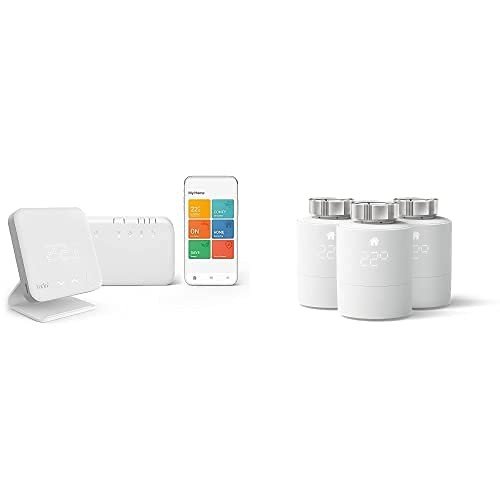Interior Lighting UK: 11 Things You're Forgetting To Do
Interior Lighting in the UK: A Comprehensive Guide
Interior lighting plays an important function in developing an environment, boosting performance, and revealing personal style within homes and organizations. In the UK, where the weather can be unpredictable, reliable lighting is not just about looks but likewise about making areas feel warm, inviting, and useful. This post looks into different aspects of interior lighting, including types, patterns, tips, and often asked questions.
Comprehending the Importance of Interior Lighting
Lighting is typically considered the foundation of interior decoration. It influences mood, performance, and the viewed size of areas. The ideal lighting can:
- Enhance the architectural functions of a room.
- Highlight art work and design.
- Enhance security and security.
- Impact efficiency in offices.
- Develop a comfy ambiance for relaxation.
Types of Interior Lighting
Effective lighting style usually incorporates three main types of lighting: ambient, task, and accent.
1. Ambient Lighting
This is the main source of light in a room, supplying general illumination. Common sources include:
- Ceiling-mounted fixtures
- Chandeliers
- Recessed lighting
- Soft wall sconces
Ambient lighting creates a structure from which other lighting types can build on.
2. Task Lighting
Task lighting concentrates on particular areas to facilitate activities such as reading, cooking, or working. This kind of lighting assists to lower eye strain and can drastically affect performance. Typical sources include:
- Desk lamps
- Under-cabinet lights in cooking areas
- Checking out lamps beside beds
- Mounted lights aimed at work surfaces
3. Accent Lighting
Accent lighting includes drama and highlights particular items or areas, such as artwork or architectural functions. This kind of lighting can develop visual interest and depth in an area. Sources include:
- Picture lights
- Decorative lamps
- Uplighters
- LED strip lights along racks
Utilizing a mix of these lighting types can cause a well-balanced and multifunctional space.
Popular Lighting Trends in the UK
The interior lighting landscape in the UK continues to progress, affected by design trends, innovation, and consumer choices. Here are some popular patterns to watch:
Smart Lighting: The introduction of smart innovation has transformed how individuals handle lighting in their homes. Smart bulbs and systems like Philips Hue enable users to control brightness and color temperature through their smart devices.
Minimalist Designs: Sleek, easy styles that mix effortlessly with interiors are controling the market. Pendant lights with delicate frames, LED strips, and geometric shapes are particularly trendy.
Industrial Lighting: This trend showcases raw, reviewed materials. Metal fixtures and Edison bulbs offer a vintage touch that is both stylish and functional.
Eco-Friendly Options: With increasing awareness of sustainability, many consumers are turning to energy-efficient LED options and fixtures made from sustainable products.
Tips for Effective Interior Lighting Design
Creating an efficient lighting plan requires thoughtful factor to consider of different elements. Here are some tips:
Consider the Purpose of Each Room: Every area has a various function. Consider what Buy Standing Lamps UK will occur and what type of lighting will support those activities.
Layer Lighting: Employ several types of lighting within a room to produce depth and versatility. Combine ambient, job, and accent lighting to boost both aesthetics and functionality.
Use Dimmers: Dimmers enable for control over brightness levels, making it possible for users to adjust lighting according to state of mind and time of day.
Integrate Natural Light: Make the many of natural lights like windows. Use light, reflective colors for walls and home furnishings to take full advantage of brightness.
Think Of Color Temperature: Different color temperatures (measured in Kelvins) create different atmospheres. Warmer temperature levels (around 2700K-3000K) are relaxing, while cooler temperature levels (4000K+) lend a more medical or energetic feel.
Interior Lighting Mistakes to Avoid
To create a well-lit area, it's vital to prevent typical lighting mistakes. Here are some mistakes to view for:
Underestimating Wattage: Insufficient wattage can cause dim, unwelcoming spaces.
Overlooking Scale: Fixtures that are too little for a room can keep an eye out of place, while extra-large fixtures can overwhelm an area.
Over-reliance on Ceiling Lights: Relying solely on overhead lighting can develop uninviting shadows; balance with additional lighting types.
Poor Placement: Misplaced lights can create areas that are too intense or too dark. Strategy positionings thoughtfully.
Frequently asked question Section
1. What is the distinction in between warm white and cool white light?
Warm white light (2700K to 3000K) develops a cozy, welcoming environment, best for living spaces and bedrooms, while cool white light (4000K to 5000K) is more matched for workspaces as it boosts concentration and clarity.
2. How can I optimize natural light in my home?
To optimize natural light, usage light-colored walls, strategically location mirrors to show light, and decide for sheer window coverings that enable sunshine to travel through.
3. How do I pick the right light?
Think about the size of your area, the design of your decor, and the function of the area. Guarantee the scale of fixtures matches the room and matches the total aesthetic.
4. Buy Standing Lamps UK than traditional bulbs?
Yes, LED lights are more energy-efficient, have a longer life expectancy, and can offer a series of color temperatures, making them a more sustainable lighting option.
5. What should I do if certain areas of my room stay too dark?
Consider adding additional job or accent lighting to lighten up those locations. Floor lamps, wall sconces, or even strategically placed table lamps can help reduce dark areas.
Interior lighting is a necessary element of home and organization style throughout the UK. Comprehending the various types, present patterns, and best practices can assist property owners in developing areas that are not just stylish however also practical. With thoughtful factor to consider and planning, reliable lighting can transform any environment, improving both atmosphere and functionality for several years to come.
